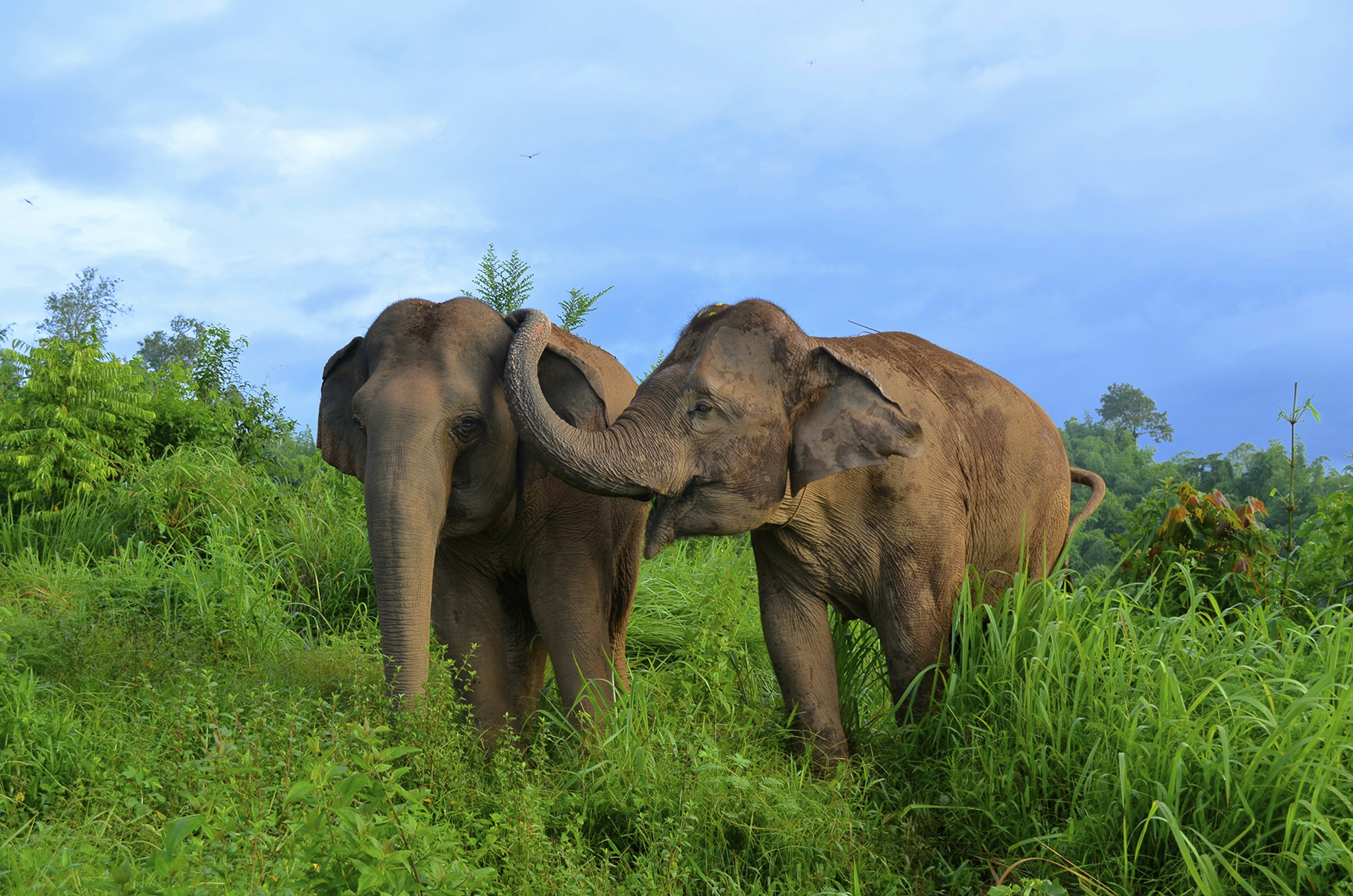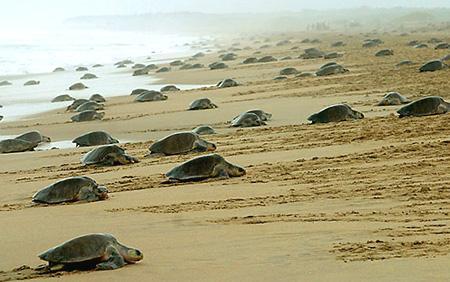There was once a time, not very long ago when there were over 2,000 elephants in Odisha and the entire landscape from the coast of Mahanadi to the Satkosia Tiger Reserve and the Mahanadi Elephant Reserve was a single uninterrupted habitat for the elephants to roam.
As times changed, villages, agriculture, urban developments, and infrastructure changed the landscape so rapidly that instead of forests, the elephants now had pockets to call home. With no source of food, water, or land to roam, the elephants began to cross the man-made borders of the forest and enter human habitats. And there began the conflict – Villagers agitated at elephants for rampaging their fields and destroying crops; elephants looking for a way to feed the herd the only way they could when the natural forests were gone.
Over the last five years, between 2014 and 2019, three states – Odisha, West Bengal, and Assam, account for half of the human and wild elephant deaths in the country recorded due to human-elephant conflict. Of the 490 elephant deaths in the country, 259 occurred in these three states alone in this period.
Also Read: Right of Lefty? Elephants pick their sides early in life
Power lines, mobs, lathis, crackers, crowds, poison, speeding trains…there is an endless list of enemies the elephants of Odisha have made in the last forty years or so as the land they used to know transforms into unwelcome, forbidden ground.
Elephants of Chandaka
A few months ago, a herd of 21 elephants from the Chandaka-Dampada forest division entered nearby villages and ate and damaged paddy fields ready for harvest after months of labour. Chandaka Sal forest was once an elephant haven but now ignored, encroached, and just a tiny fragment of its elaborate past pushing the jumbos to look for food outside.
For the divisional forest officer (DFO) of Athagarh, Sasmita Lenka, the herd’s rampage and the villager’s anger were the trigger that led the department to think of long-term solutions, other than resolving the immediate conflict.
“Elephants often enter human habitations for want of adequate food in their natural habitats. If we can solve the problem by creating a solid food base for them, they will stop raiding human settlements,” she told The Telegraph.
And so the plan was made to plant Bamboo forests for the elephants inside the Chandaka forest land where there were patches of empty land. If not immediate, at least the plan ensured that in a few months and years, the elephants would have plenty of food inside the forests to stop them from venturing out of it.
But then the coronavirus pandemic hit. There was not just the lack of funds to go forward with the idea, but also a shortage of labour who could plant the seeds in the forest.
That is when an alternative strategy was devolved by The Athagarh forest division – seed balls.

Soil balls stuffed with Bamboo seeds
“We decided to throw balls embedded with bamboo seeds into vacant plots inside the forest. Each orb, of the shape and size of a cricket ball, is made of 50 to 100 grams of good muddy soil and stuffed with 10 to 15 bamboo seeds,” Lenka said.
“We also mix pesticides so that the seeds are not destroyed by insects. The balls are dried for up to 24 to 48 hours before being thrown into the barren forest patches,” she added.
The forest department had bought one quintal of seeds from a government firm at Jashipur in Mayurbhanj district. As it is rainy season the forest official hopes that of the many seeds inside each ball, a few would definitely germinate in a few months and within a year bamboo bushes would begin to grow.
Also Read: Six Elephants die within ten days in Chhatisgarh
The forest department has already thrown 5,000 to 10,000 balls into the forest and plans to throw 50,000 to 70,000 more of these bamboo seed balls.
What has been encouraging is that local villagers too have actively helped the forest officials in preparing the seed balls. The understanding that what is good for the elephants is ultimately good for their crops and resources, has brought the community together to create the bamboo forests of the future.

Lenka hopes that if this experiment is successful, they can create more such forests in bigger areas and elephant corridors across the state.
For the sake of the elephants, and the people of the region, we surely hope these seed balls are a harbinger of a peaceful future.
Reference, Reference, Reference, Images courtesy binj.in, wikimedia









